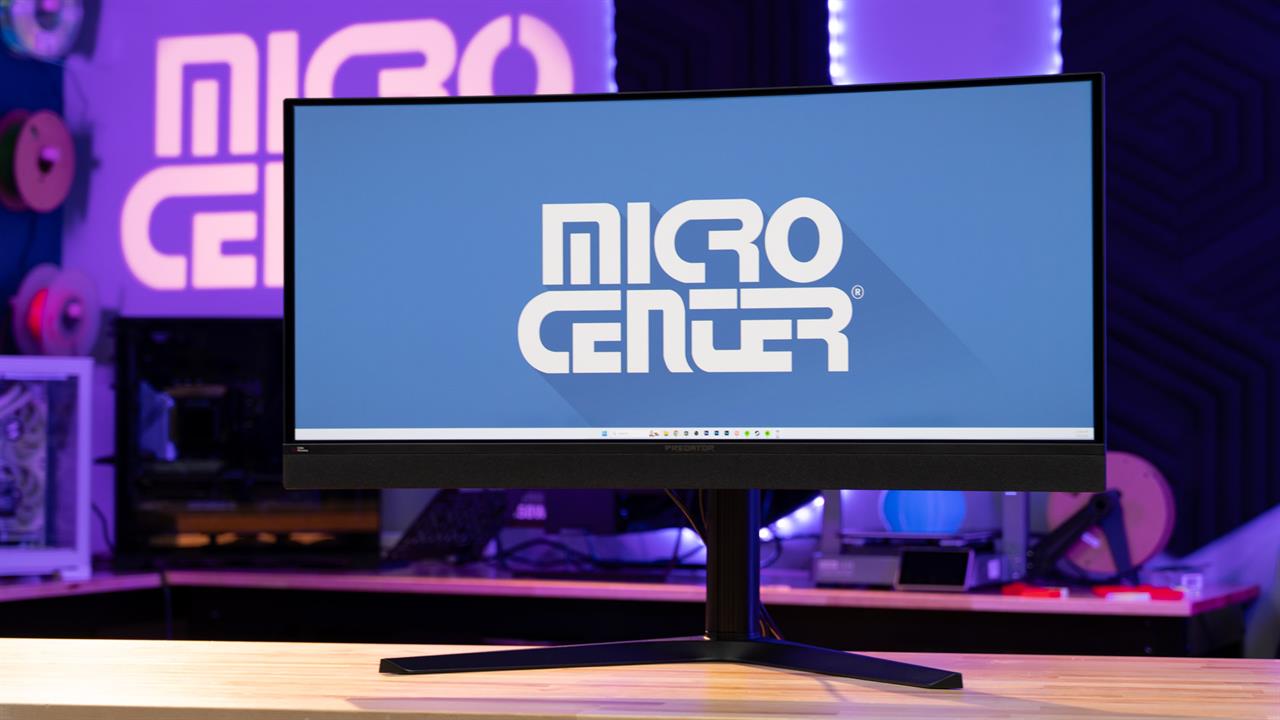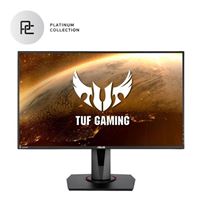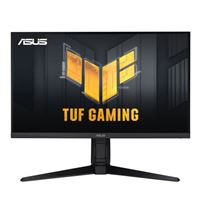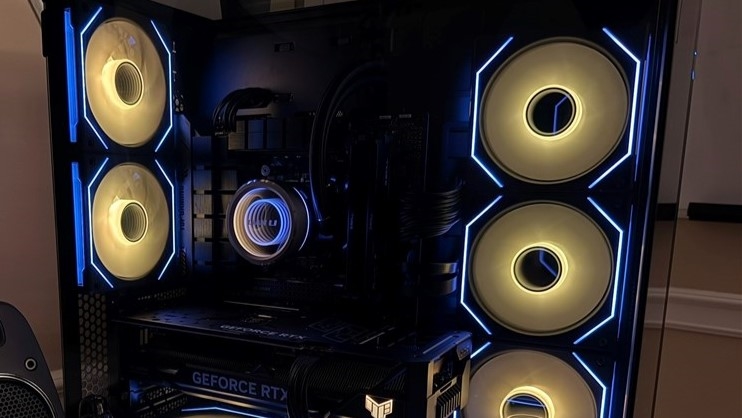The Ultimate Guide to Buying a Computer Monitor in 2024
The most important things to look for in a display, from LCD to OLED and from FHD to 4K.Buying Guides

The tips below apply to everything from gaming monitors to screens for video editing to displays for spreadsheets and email. Even better, March is Monitor Madness Month at Micro Center, with discounts on a wide variety of displays, so it's easy to apply these tips and get a new monitor.
The best starting point
Gamers have different needs than content creators and video editors, who in turn have different needs than work-from-home or in-office users who are mostly doing email, docs and websurfing.
For most people, a good middle ground is a 27-inch 4K monitor with an IPS panel. That's a solid starting point and should cost between $300-$500. Yes, you can get a perfectly fine monitor (smaller, with a lower resolution and fewer features) for around $150 as well.
Screen size
If in doubt, go bigger. A 27-inch monitor is perfect for desktop use. Gamers or video editors often like 32-inch screens. If you're sitting close or have less room on your desk, then look for 21-inch or 24-inch models.
Like a TV, screen size is just one of several factors, but it's the one that's going to jump out at you the most day-to-day. There are also a handful of massive 40 or 50-inch displays, but those are specialized and can easily cost $1,000 or more.
Panel type
Almost every monitor is going to be either LCD or OLED. LCD comes in different flavors you'll see in descriptions (including LED, QLED, etc.) but one feature worth looking for is an IPS (in-plane switching) panel. That's the best type of LCD for bright colors, deep black levels, and wide viewing angles. OLED screen technology is generally even better, and found in most high-end TVs right now, with near-perfect black levels and excellent colors. Gamers prefer OLED, but for creators or professionals, it's not always the most color-accurate when working on high-end print or digital images.
Resolution
4K or UHD (3,840x2,160) is very popular and where I'd start. Knock a little money off and you can get a 2K or QHD screen, usually 2,560x1,440. FHD (full HD) screens at 1,920x1,080 are mostly found in small, lower cost monitors now, and still perfectly usable. Ultra-wide-screen monitors with a 21:9 aspect ratio can change those exact numbers around, but they're still generally called 4K/2K, etc.
Refresh Rate
The screen refresh rate is best explained as how many times per second the screen can refresh the image. The old default was 60Hz (Hertz), but most newer monitors are typically 120Hz or 144Hz or higher. That can mean smoother motion when watching video or gaming. Gamers want as many frames per second as possible displayed on the monitor, especially if they're competitive gamers, so they look for at least 144Hz at the low end or 240Hz at the high end. Some displays can go even higher.
Connectivity
Make sure the display has what you need, whether its HDMI, DisplayPort, or USB-C/Thunderbolt. Some monitors can even charge your laptop, cutting down on cable clutter. Most PCs used to have HDMI as their video output, now a lot of laptops use Thunderbolt/USB-C, although a simple dongle can connect a USB-C/Thunderbolt output to an HDMI input.
Stand/ergonomics
A decent mid-range monitor can usually tilt up and down at least 10-15 degrees. Height adjustment is also really handy to have. More expensive monitors have sturdier bases/stands with more flexible adjustment. After-market monitor stands can also help, and are a much better choice than standing the monitor on top of a stack of books.
FAQs
Should I consider a curved screen monitor?
Popular in TVs for a hot minute, curved displays have made a bit of a comeback in gaming monitors, where the idea of wrapping the screen around a single close-up viewer makes more sense. Look for a curved monitor's R (for radius) rating -- the lower the number, the deeper the curve.
Who needs to worry about color gamut?
This refers to the range of colors a monitor can represent. There are different color standards for different needs, and different monitors can display a certain percentage of a particular standard. For example, sRGB is the default standard for digital devices developed by HP and Microsoft almost 30 years ago. Adobe RGB was developed for print and digital design work, while DCI-P3 is the standard for digital video. For example, if you're a photographer or graphic designer, you'll want a monitor that covers close to 100% of the Adobe RGB standard, while if you're working in video, you want to cover as much of the DCI-P3 standard as possible.
What are G-Sync and FreeSync?
NVIDIA's G-sync and AMD's FreeSync are both technologies for syncing the output of your GPU to the refresh rate of the display, which means less screen tearing and smooth motion. G-Sync requires an NVIDIA GPU, while FreeSync is more universal.
Who needs a high refresh rate?
Gamers, especially competitive ones, should aim for at least 120Hz, but preferably 144Hz, 240Hz, or greater. Everyday computer users can still get away with a simple 60Hz or 120Hz display.
- See top monitors at Micro Center
- See March Monitor Madness at Micro Center
- Start building a new PC with Micro Center's PC builder
Micro Center Editor-in-Chief Dan Ackerman is a veteran tech reporter and has served as Editor-in-Chief of Gizmodo and Editorial Director at CNET. He's been testing and reviewing laptops and other consumer tech for almost 20 years and is the author of The Tetris Effect, a Cold War history of the world's most influential video game. Contact Dan at dackerman@microcenter.com.







.png)




